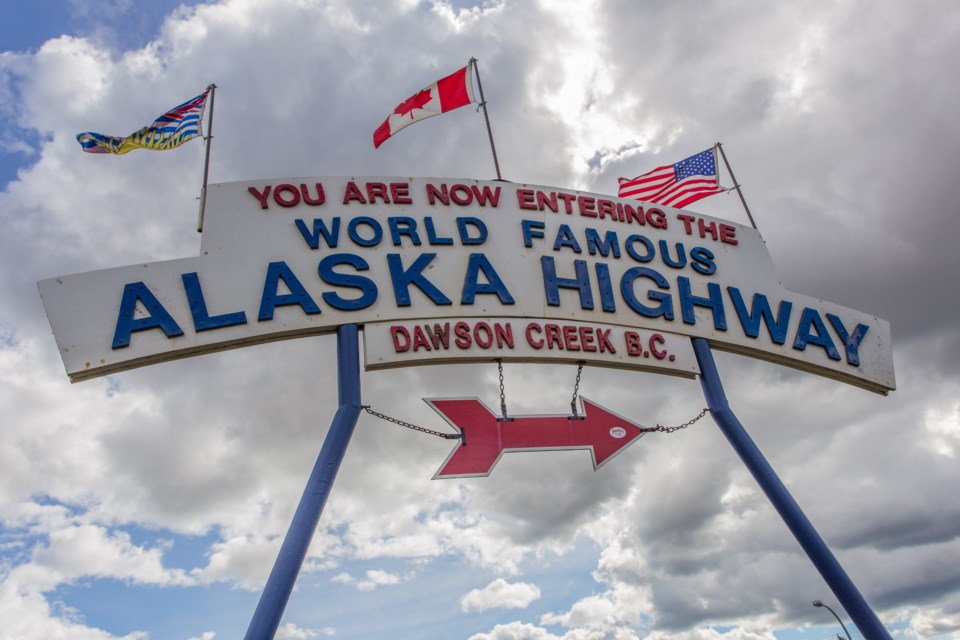By now you've heard plenty about the projected, long-term benefits of the largest private sector investment in Canadian history: thousands of new jobs from a new economic powerhouse in northern British Columbia.
However, while the overall benefits from the $40 billion LNG Canada project will be widespread, the economic confetti will be focused in Kitimat and Dawson Creek, as well as points in between such as Terrace, Hazelton, Smithers, Houston and Prince George.
As any mathematician will tell you, there is a big difference between equal and equitable. For centres like Kamloops, Vernon, Kelowna and Penticton, even a small piece of the LNG pie will be icing on the cake.
Kamloops Chamber of Commerce president Joshua Knaack compares the prospective LNG benefit to the Fort McMurray experience. While he concedes he doesn’t have actual data to support it, he estimates that several hundred oilsands workers have purchased homes in Kamloops and Kelowna, now known as the "shadow population" of the oilsands region.
There is also a buzz at Thompson Rivers University (TRU) in Kamloops. Dean of TRU's unique Trades and Technology program Baldev Pooni doesn't even try to hide his excitement over the projected 10,000 construction jobs and 1,000 operational positions – many of which will be TRU graduates.
"Absolutely fantastic," he exclaims, predicting pipefitters will be the richest of the rich with welders and mechanics also in hot demand.
But while the Southern Interior is certainly anticipating measurable economic spinoffs from Kitimat's LNG euphoria, Prince George appears poised to be the largest supply chain.
"Expectations are sky high,” says Todd Corrigall, CEO of the Prince George Chamber of Commerce, who notes that his city has "a ton” of regional service providers and warehousing space.
Expecting the Northern Capital to benefit from both the Kitimat LNG plant and a pipeline to Dawson Creek, Mr. Corrigall is convinced that Prince George is the best positioned major centre to benefit from LNG development.
"Holy man, historic, amazing," said Dawson Creek mayor Dale Bumstead, “it's hard to believe the magnitude of what is ahead."
Mr. Bumstead predicts LNG Canada's decision means historic growth, and will open the door to other similar projects which over the next five to ten years could create another 10,000 to 15,000 natural gas jobs in the Peace Region.
Mr. Bumstead says he won't be surprised if Dawson Creek's population tops 20,000 – a significant jump from the current 13,500 – which he admits will bring other challenges and opportunities.
Clearly, the north is about to become B.C.'s promised land from which the entire province will benefit. Some more than others.
Bob Price is a veteran B.C. broadcaster who anchored the morning news on CHNL radio in Kamloops for the past 30 years. Bob is also a past Webster Award winner whose previous stops included Vancouver and Calgary.



